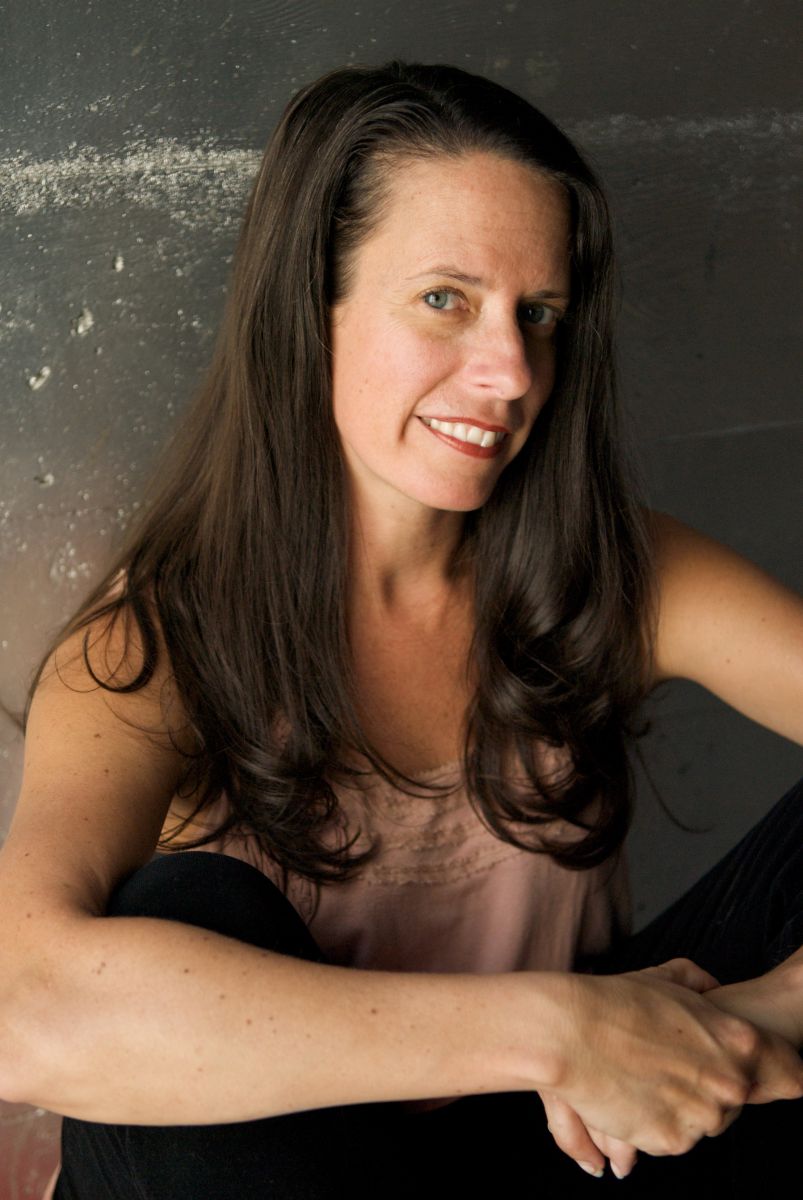
On the dance floor
On Saturday I took a three-hour choreography class from Amy Seiwert. Seiwert is the artistic director of Imagery, a contemporary ballet company in San Francisco. A project she consolidated in 2011, Imagery with its half-dozen or so dancers is both collaborative and experimental. Its mission is “to expand the definition of ballet by exploding preconceptions of what ballet is and can be.”
I first saw Seiwert’s choreography after the death of Michael Smuin in 2007. Seiwert had danced in Smuin’s company for some nineteen years, where she became involved with his Protégé Program. She became Choreographer in Residence at Smuin Ballet in 2008, after her own retirement from dancing. What struck me at the time was how different her choreography was from Smuin’s; he may have been her mentor but she had a style that was distinctly her own. It was carefully considered, thoughtful and precise, and engaging in its complexity. Smuin’s razzmatazz quality was nowhere in the landscape. Much praise should be given to the late Smuin as director and choreographer for fostering a talent so at odds from his own choreographic predilections.
I was curious about her process and about her thoughts. But I haven’t danced ballet in some twenty years, so the idea of class was daunting to say the least. You need to keep dancing to dance, otherwise both the body and the mind go in this totally absorbing practice.
Class was held at Alonzo King’s Lines Dance Center. About two-dozen dancers were there, young and at an intermediate/advanced level. I was definitely out of my league.
Thinking about movement
Seiwert began by talking about how she thought of dance. This was very spatial and structural. She had us move our arms out as if we were drawing a large sphere: the idea was that our sense of selves and movement in the world was composed of sets of circles or spheres. Rather like Da Vinci’s Vitruvian man, the drawing that embodies the Roman architect’s sense of ideal proportion.
But for Seiwert this circularity is less about proportion and more about the limits of our kinetic awareness. She calls it The Glinda Bubble, after the Good Witch in The Wizard of Oz, who first appears in the movie, floating down to earth encapsulated in a large transparent sphere. As a movement it is spherical and moves out toward the outer limits of what we can reach with our arms and legs. The movement can also be applied to joints, torso and head, independently of the limbs
There are two other circles of movement that she uses when choreographing. Something that she calls an orbit, a disc-like circularity that is parallel to the surface of the earth: in dance it is recognizable in the flat plane of the tutu. And something she describes as being like a plus sign, which follows the midline of the body and moves out from mid-torso in a small circle that travels away from and then back to the body.
She also described choreographer William Forsythe’s structural sense of the hand as having six sides: back and palm, fingertips and heel, pinkie-side and thumb-side.
By combining these two structural modes – her own and Forsythe’s – she can look at movement in a radically different way from that of ballet, which uses a vocabulary of steps as its choreographic elements.
And on to the dance
After running through how these structural and spatial senses work as movement, Siewert taught a long combination. The combination had the overall characteristics of what she had just described choreographically: the movement was contained within the dancer’s reach, and it employed multiple circles that had us changing directions and twisting the body and its parts. There was no movement across the floor, for example, not that these ideas couldn’t be used in movement across greater distances than that of the body’s reach, but the combination was an intricate and precise illustration of the ideas presented.
What was fascinating to me was that when each group danced the combination, the individuals in the group danced to their own tempo. True, there was music, but simultaneity was not enforced. Some dancers maintained an even tempo, some danced sections of the combination slower than others did. I was slightly shocked. Being so used to the necessities of ballet’s count, and the regimentation of movement in typical dance classes (remember how fundamental the corps de ballet is to the art), I found the lack of movement in concert disconcerting. I didn’t quite know what to do, so I watched. What I saw happening on the floor was something like a ballet: with the individual dancers creating a kind of fugue or canon of the same but out-of-sync steps.
Then it was the dancers’ turn to apply the next level of choreographic techniques to the steps of the combination they had so faithfully learned. These were dynamic in nature and included: changing the direction in which you faced; changing the level at which you made a particular movement; changing tempo; stuttering, or the repetition of a movement; and reassignment, or having a movement done by a different part of the body. In groups of two or three the dancers, who were standing in a large circle in the stage-sized studio, presented their new choreographies.
It was all sort of extraordinary. Watching them I realized, I think for the first time, how pure dance is. There are no words or theatrics to persuade or enchant or repel, there is only the body – its gifts and its limitations – moving, with the dancer’s complete concentration, in beautiful planes to exquisite music, in a room that seems large but that is small, miniscule, in the great spaces of the universe.
– Jaime Robles
Videos of Amy Seiwert’s Imagery can be found here: http://asimagery.org/video/
Photo: Amy Seiwert by Andrea Basile.
